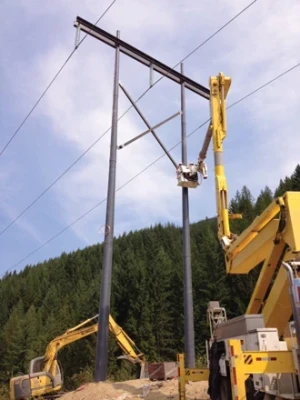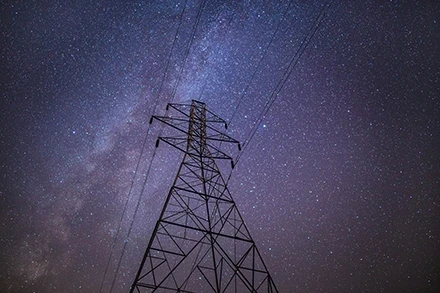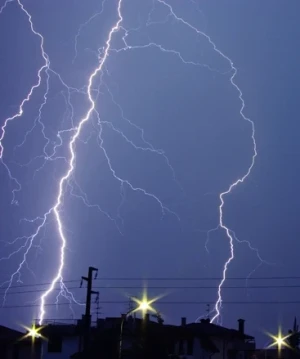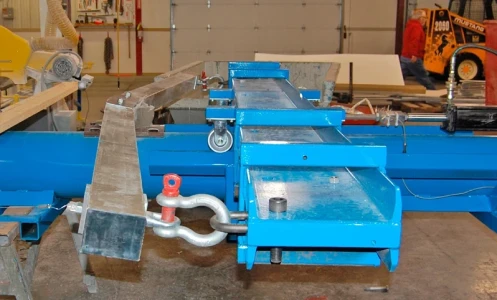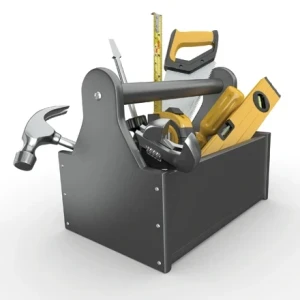Improve Energy Efficiency in Underground Systems

Making appropriate cable component design and material choices
BY DENNIS DOSS, General Cable
ore than ever, society is realizing that energy resources are dwindling and becoming more expensive. In response, North American electric utilities offer consumers a variety of incentives to deploy energy efficient solutions. And utility operators are becoming increasingly concerned with the energy efficiency of their electrical distribution system. So, with these concerns, utilities are looking to improve energy efficiency in underground systems.
Cable is the pipeline of an electric distribution system. The overall efficiency of a system can be compared to the volume of water entering a pipe relative to the volume of water exiting the pipe. If the pipe leaks, the volume of water delivered at the end is reduced. The same holds true for cable—inefficient materials or cable design can create “leaks” in the electrical distribution system that amount to wasted energy. These “leaks” are lost revenue and can result in higher loads placed on generating stations which can contribute to Greenhouse Gas Emissions.
In looking at the efficiency of electrical distribution systems, Electricity Today Magazine and General Cable’s Electric Utility Group focuses on medium-voltage underground distribution cables rated 15 kilovolts (kV) to 46 kV and define efficiency to include material usage as well as energy.




